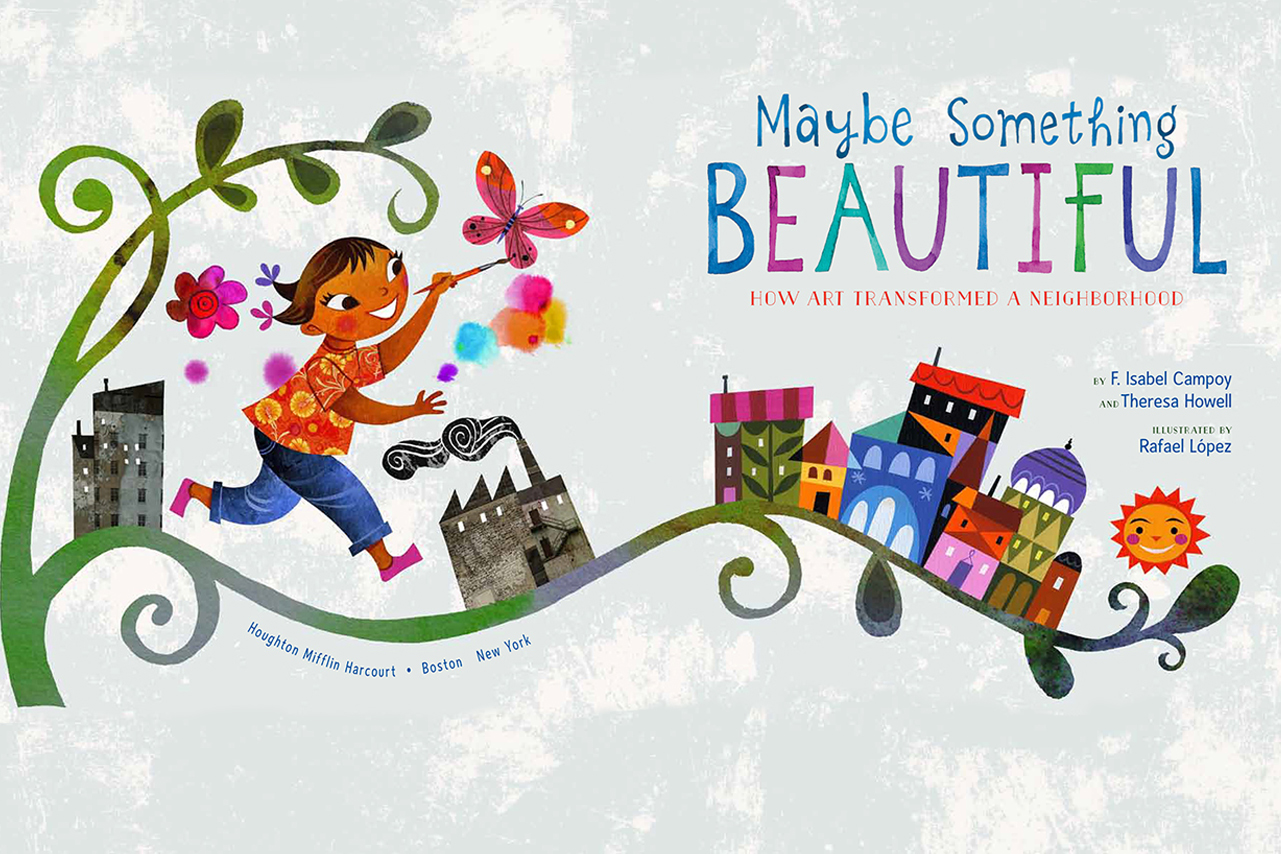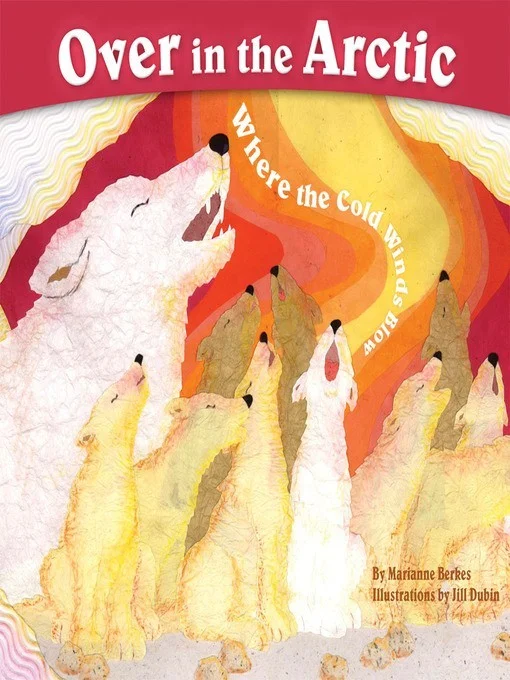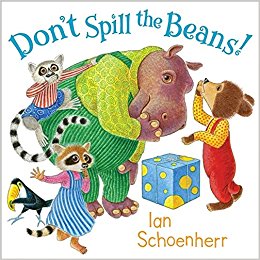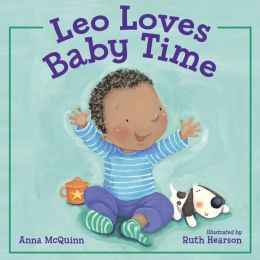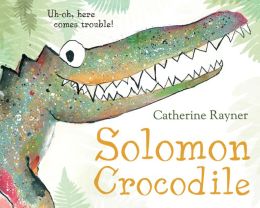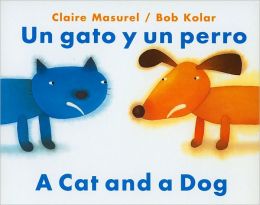Here is a sample handout on math concepts for parents/caregivers.
It is available in Word so you can edit it. However, sometimes the text and graphics get scrambled in Word, so there is a pdf version here as well.
The idea is that you can copy them back-to-back and then cut in half, so you get two handouts per sheet. One side is the general information on math concepts. The other side (half the sheet) you would edit to reflect whatever concept and activities you are doing in a particular storytime and an idea to keep it going after storytime is over.
Here is also a general handout of science and math concepts. Word PDF


